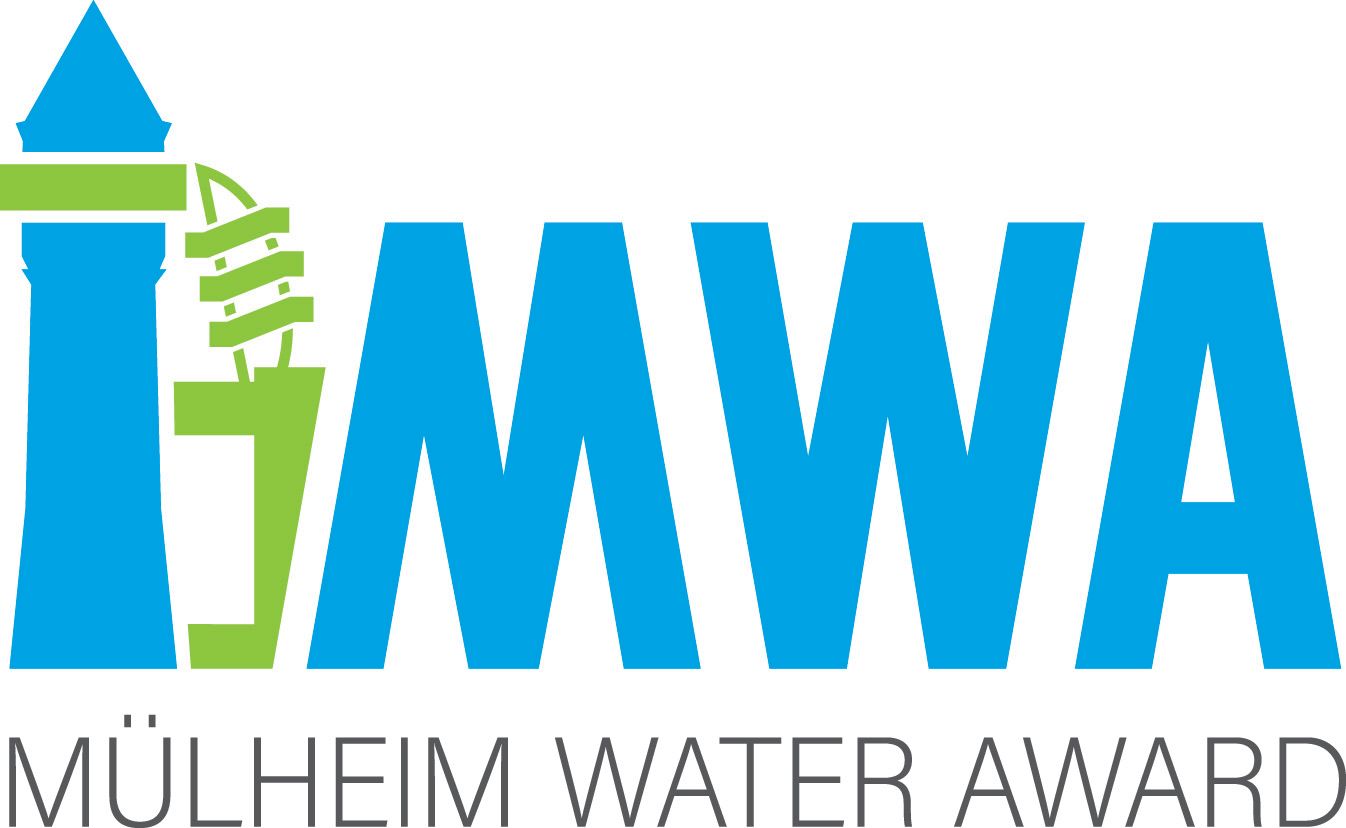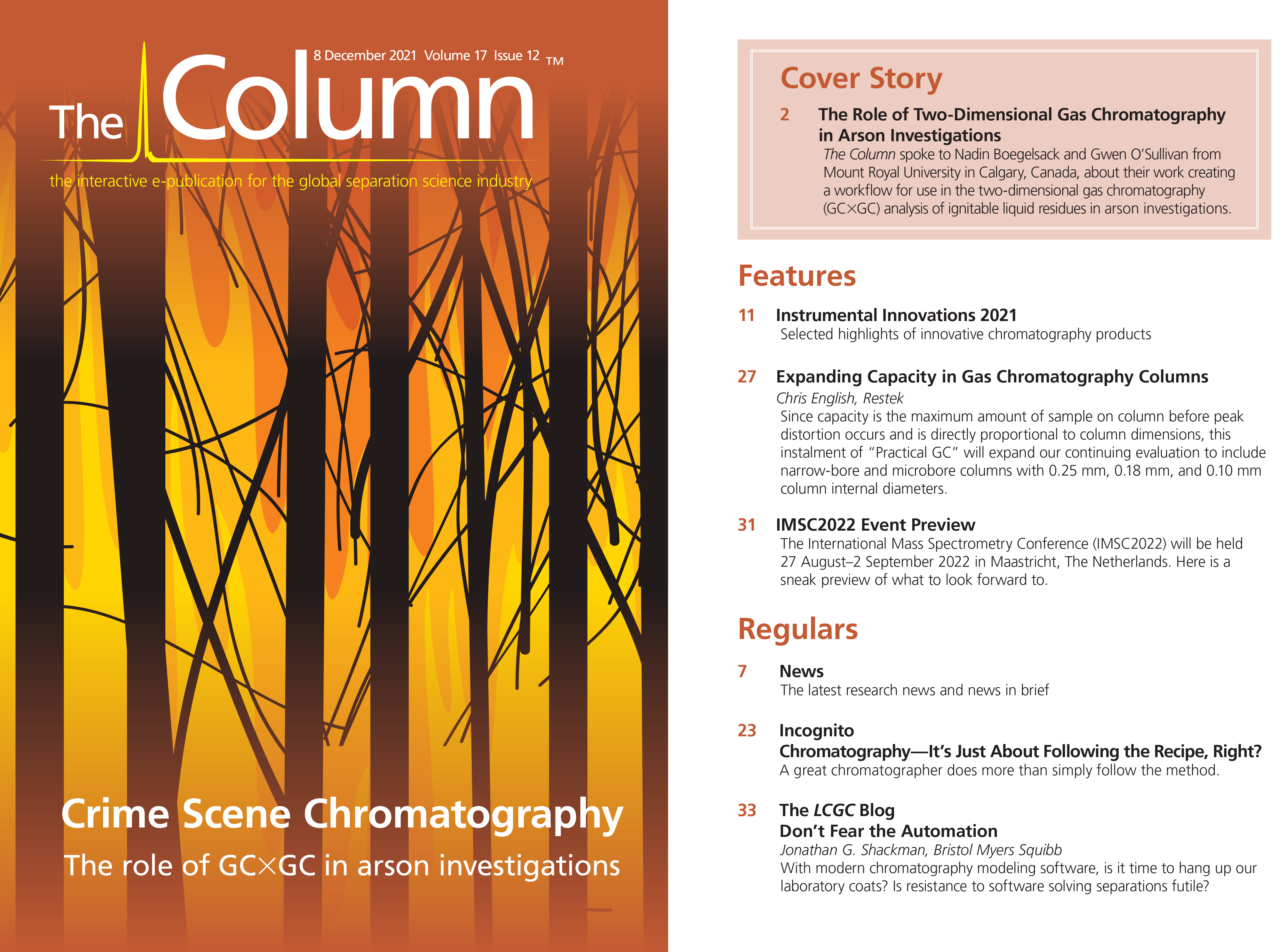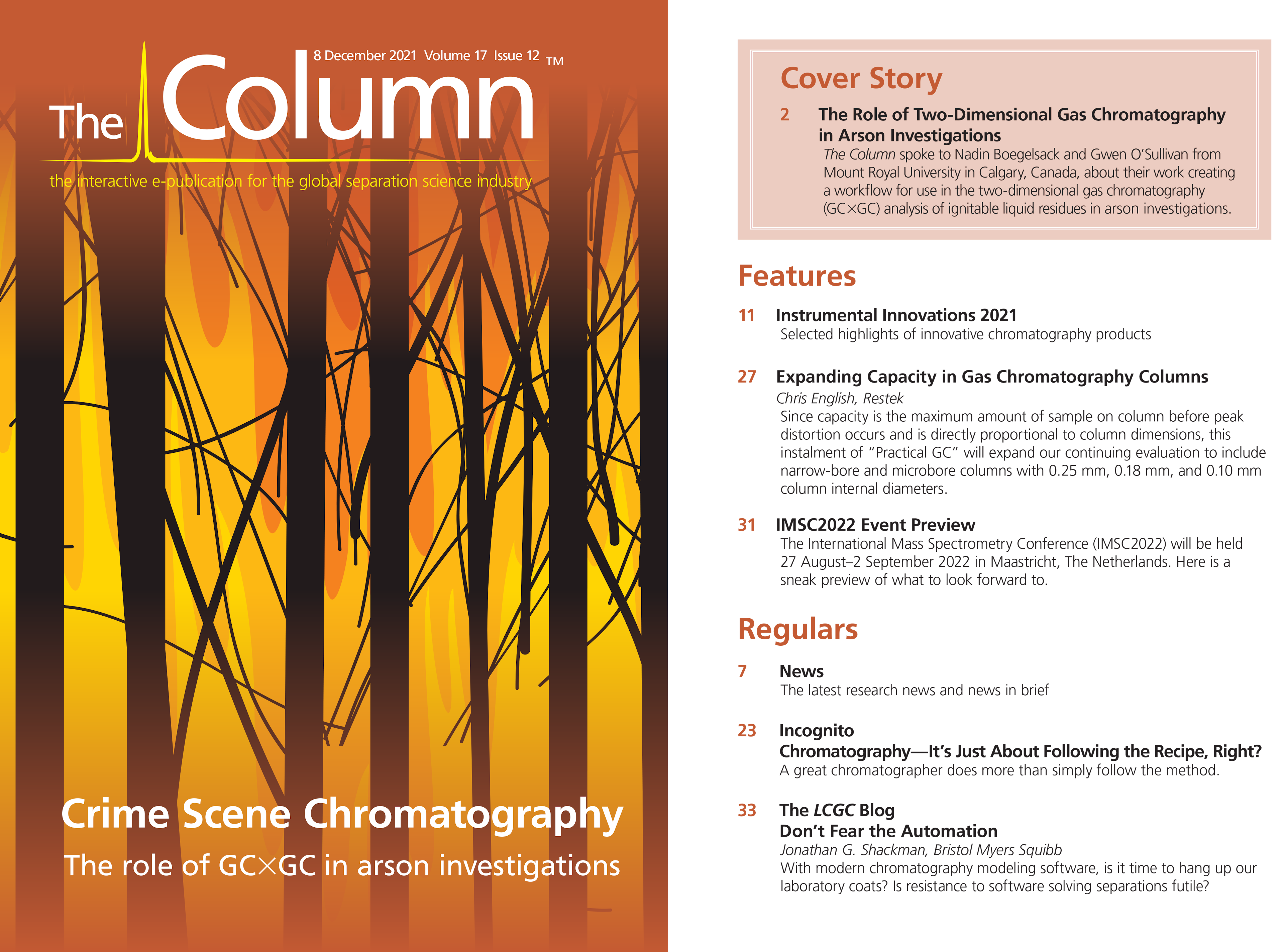Mülheim Water Award 2022 Open For Submissions

Submissions for the 2022 Mülheim Water Award open on 1 December, kicking off a three month application period for the award and its €10,000 prize money. The award, which will be given for the eighth time in 2022, recognizes practical research and development projects, as well as the implementation of innovative concepts in drinking water supply and water analysis methods. Submissions will close on 28 February 2022.
The Mülheim Water Award was first presented in 2006. Since then, the award has been presented seven times and over 150 applications from 22 different European countries have been received, covering the entire spectrum of water management topics.
The award is sponsored by the water supplier, RWW Rheinisch-Westfälische Wasserwerksgesellschaft mbH and Gerstel GmbH & Co. KG, both located in Mülheim an der Ruhr, Germany. The IWW Centre for Water will coordinate the application and selection process.
The theme for the 2022 award is “innovations for a sustainable water industry and a safe and secure drinking water supply”. Applications are open to both natural and legal persons, groups of persons, and institutions from Europe. Submissions of innovative, practically relevant concepts, as well as application-ready solutions that will help address future challenges in drinking water systems and water analysis methods are sought.
There is a two-stage application procedure beginning with a short online application. The initial application form is available at: https://muelheim-water-award.com/en/apply/
From the pool of submitted applications, a jury of experts will shortlist the most promising submissions for progression to stage two, where further application documents will be requested.
The award ceremony of the Mülheim Water Award 2022 officially takes place during the conference dinner of the 5. Mülheimer Wasseranalytisches Seminar (MWAS 2022) on 14 September 2022 in Mülheim an der Ruhr.
“We need innovative water treatment processes and environmentally friendly analysis techniques to take us to the next level of sustainability—Gerstel actively supports and takes part in that process,” said Holger Gerstel, Owner and General Manager of Gerstel.
For more information, please visit: www.muelheim-water-award.com/en/















